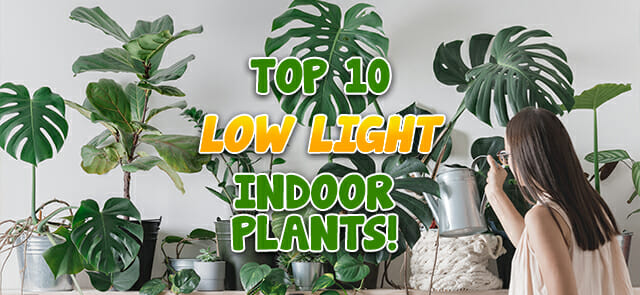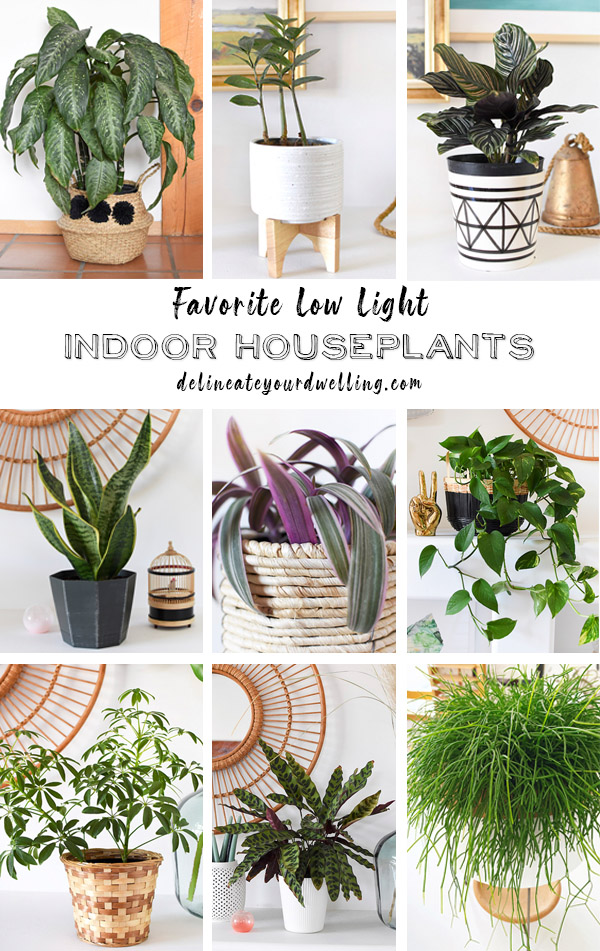A Guide to the Best Low-Light Indoor Plants for Small Spaces
A Guide to the Best Low-Light Indoor Plants for Small Spaces
Blog Article
Discover the Unique Benefits of Low-Light Indoor Plants for Your Living Room
Integrating low-light interior plants right into your living space offers a plethora of advantages that extend far past simple aesthetic appeals. These sturdy plants not only grow in environments with limited sunshine but also serve essential functions such as air purification and humidity improvement.
Air Purification Benefits
Low-light interior plants not just enhance the visual charm of living spaces but likewise play a significant duty in air purification. Research study has actually demonstrated that certain plant types can successfully get rid of typical indoor contaminants, including trichloroethylene, benzene, and formaldehyde. These substances often rise from household products such as furniture, cleansing products, and building materials, adding to interior air quality concerns.
Plants such as the serpent plant, pothos, and peace lily are specifically skilled at filtering system harmful materials from the air while flourishing in low-light conditions. The process of phytoremediation, wherein plants absorb and metabolize contaminants, enables these varieties to contribute significantly to a much healthier indoor atmosphere. Additionally, with photosynthesis, plants release oxygen, better boosting air top quality.
Integrating low-light interior plants into home or office rooms not just supplies aesthetic advantages however likewise acts as a functional technique for boosting air top quality. By selecting the best types, people can produce an environment that promotes health and reduces exposure to harmful toxins, making these plants a necessary element in modern interior living.
:max_bytes(150000):strip_icc()/eight-houseplants-that-thrive-in-low-light-3-0922-2000-6f95610b936648ce84ebb498a9b6d704.jpg)
State Of Mind Enhancement Results
Various research studies have actually revealed that integrating indoor plants can considerably enhance state of mind and overall psychological wellness. The presence of plant in indoor environments has actually been linked to lowered stress degrees, enhanced sensations of peace, and improved emotional health and wellness. Low-light indoor plants, in particular, prosper in atmospheres where natural light is limited, making them perfect for numerous living areas.
Research shows that connecting with plants can promote the release of serotonin, a natural chemical related to feelings of joy and wellness. Furthermore, the act of looking after plants fosters a feeling of obligation and success, more adding to favorable mental health results. Low-light plants such as serpent plants, pothos, and peace lilies have actually been shown to improve air high quality, which is inherently connected to mood enhancement.
Including these plants into your office or home can produce a tranquil ambience, providing a aesthetic and sensory getaway from the hustle and bustle of life - Best low-light indoor plants. As individuals invest raising amounts of time indoors, the mood-enhancing impacts of low-light interior plants come to be also extra crucial, offering not only aesthetic appeal however additionally an extensive influence on psychological health
Low Upkeep Demands
For those looking for to improve their interior spaces without a significant time dedication, low-light interior plants are an excellent selection because of their low upkeep needs. These resistant plants grow in less-than-ideal lighting problems, making them ideal for homes and workplaces where natural sunshine is limited.

Pest resistance is an additional benefit of low-light indoor plants. Many ranges are less at risk to common insects, minimizing the need for consistent surveillance and treatment. These plants generally grow more slowly than their high-light equivalents, meaning less frequent repotting and pruning are essential.
Visual Charm and Flexibility

In addition, these plants can visit our website be prepared in myriad methods, whether in teams for a rich effect or as standalone attributes to attract the eye. The choices of planter designs-- from sleek ceramic pots to rustic wood containers-- additionally enhance their visual value, enabling house owners to express their individual design.
Furthermore, low-light plants can be strategically positioned in areas that may or else feel overlooked, such as corners or poorly lit racks, consequently maximizing their decorative potential. Inevitably, the mix of their striking look and versatility makes low-light interior plants a beneficial addition to any kind of living space, developing a welcoming ambience that advertises health and relaxation.
Improved Humidity Levels
Enhancing indoor humidity levels is just one of the substantial advantages of including low-light indoor plants into living spaces. These plants normally launch dampness vapor with a process referred to as transpiration, which happens when water taken in by the roots moves through the plant and evaporates from the fallen leaves. This process not just increases humidity yet additionally adds to a healthier interior atmosphere.
Better moisture levels can ease different health and wellness problems, such as dry skin, respiratory troubles, and allergies. Numerous people experience pain in dry indoor conditions, especially throughout winter months when heater remain in usage. By strategically putting low-light plants throughout your home, you can develop an extra balanced humidity level that promotes general health.
Furthermore, specific low-light interior plants, like tranquility lilies and crawler plants, are specifically reliable at increasing humidity. Their ability to flourish in low-light atmospheres makes them excellent for various spaces, from offices to bedrooms. In addition to improving moisture, these plants can likewise boost air top quality by straining usual interior toxins, making them a beneficial enhancement to any kind of space. Thus, low-light interior plants offer both visual and useful objectives, advertising a healthier atmosphere.
Conclusion
In recap, low-light interior plants use many benefits that add to a much healthier and extra welcoming living area. Their capability to purify the air, enhance state of mind, and enhance moisture degrees underscores their worth as effective style aspects. Furthermore, their reduced maintenance needs and aesthetic flexibility make them ideal for different settings. Integrating these resistant plants into interior settings not just elevates the atmosphere but likewise advertises general health, establishing click site a tranquil shelter for residents.
Plants such as the snake plant, pothos, and peace lily are particularly skilled at filtering system dangerous substances from the air while thriving in low-light problems. Low-light plants such as snake plants, pothos, and tranquility lilies have actually been shown to boost air high quality, which is intrinsically linked to state of mind improvement.
Low-light click this site interior plants, such as serpent plants, pothos, and ZZ plants, not just boost the aesthetic landscape of an area yet also introduce various textures and shades of green that can complement varied indoor designs. These plants normally launch wetness vapor with a process known as transpiration, which occurs when water absorbed by the roots relocates via the plant and vaporizes from the fallen leaves.Additionally, specific low-light indoor plants, like peace lilies and spider plants, are particularly reliable at raising moisture.
Report this page